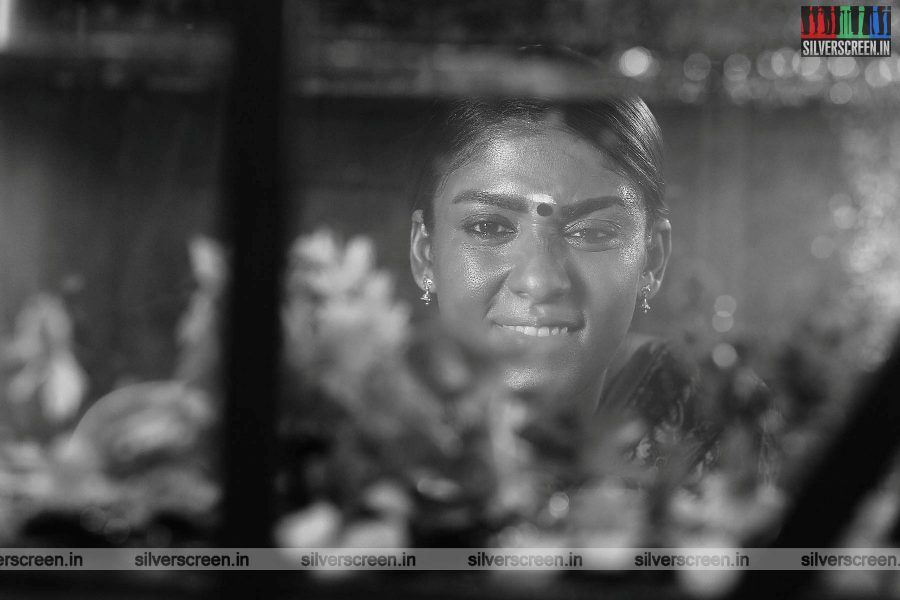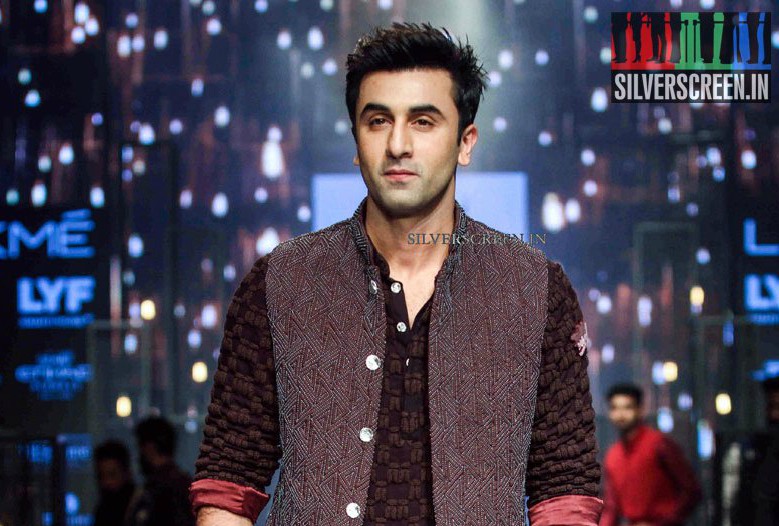Ms. En Scene – where Ranjani Krishnakumar concedes that cinema is life. Opinions expressed are those of the contributor, and not those of the company or its employees.
In the dark confines of a semi-filled multiplex cinema, I watched Airaa (2019), Nayanthara’s new ghost film. As a ‘genre-film’, Airaa was loyal to kal thondri mann thondraa kaalathu scare techniques — an ominous looking cupboard makes noise, characters argue about who will open the cupboard, the powerless of them caves in, cupboard is opened, bam!, cat runs out of it — that kinda thing. It wasn’t insufferable, but it wasn’t exhilarating either.
I was squirming in my seat, so was my colleague, who had accompanied me (I had coaxed him because I scare easy). As the second half and the flashback sequences tested my patience, I grew restless.
And I was not alone.
Film-viewing is never a personal experience, it was never meant to be. For starters, very few people watch movies alone, so much so that watching movies by oneself is seen as proof of some sort of coolth. Movie-going is often a family outing, much to the annoyance of film-connoisseurs who prefer their time to be devoid of child-screams. Another important cohort that watches movies in Chennai is youngsters — class-bunking college students, for instance — who only come in large groups.
For a regular film-goer, watching a film is a good, low-risk way to spend three hours with company, without actually indulging in any company. You don’t have to talk, discuss family problems, listen to anyone’s feelings, watch a child run away or do any such thing that a non-film outing — like the beach or a restaurant — might entail. It’s a win-win. But looking at film-going as a group experience is missing the point. Film-viewing is a community experience. Each film in a theatre is watched by hundreds of strangers locked up in a dark-room for hours together, each person’s feelings washing over every other in mysterious ways.
Some of these interactions are less mysterious. In Airaa, there is a scene where Bhavani’s fiancé asks her, “un suyanalathukkaaga andha ponnoda vaazhkaiya parikkariye, idhu nyaayama?” [for your selfish needs, you’re snatching away that girl’s life, is that fair?].
“Nee engala ukaathivecchu arukkariye, adhu mattum nyaaramaa?”, [you’ve sat us down and are boring us, is that fair?] cried a voice from nowhere. The whole audience erupted into laughter. The restless grim was broken. There developed a sense of togetherness in suffering that came over all of us. The suffering seemed less pronounced.
It isn’t uncommon for viewers to come out of the movie and say that they enjoyed the audience comments more than the film itself. I, personally, survived Pizza (2012) only because of the delightful company of men who made jokes to prove that they weren’t scared. Don’t judge me.
Isn’t this also why some films work in B and C centres and some don’t? Or some films work in single-screen theatres and some in multiplexes. To think it’s got only to do with the demographics of the audience oversimplifies the tastes and value systems of different kinds of people. Generalization of demographics is also all the more difficult to do in a city like Chennai where ticket prices are capped, even if the entire experience of movie-going isn’t.
There are also subtler ways in which this community experience washes over all of us. It makes us less critical of what we watch. When we come together as a community to enjoy something, we don’t want to be hassled by the ‘semantics’ of what we’re watching. More importantly, we don’t want to feel guilty about the small ways in which we participate in inappropriate behaviour.
There is a scene in Ispade Rajavum Idhaya Raniyum (2019) where the heroine’s friend asks the hero not to stalk her. “Pinnaadi sutthum bodhu nalla irundhuchu, ippo mattum stalking-a?” (you enjoyed it when I followed you around, how did it become stalking now?) he yells. The audience around me — largely young and male — clapped in solidarity. “Apdi kelu machi” one of them screamed. The scenes that came after seemed to fall on deaf ears.
In Meyaadha Maan (2017), the hero’s monologue rhymes worth-a, geth-a etc. to the ultimate unifier of all Chennai-ites – ‘Otha’. The word is muted, but the audience knows. They erupt in claps and hoots. Asking an unassuming woman to fuck off seems to unite the community like no other. On the other hand, in Airaa, when Nayantara says, “unakku Adhi-nu peru vechadhukku badhila…..” and pauses meaningfully, the audience cheers too. Apparently, a woman telling a man that he was better named a cunt is just as unifying.
This also seems to be why the now infamous Radha Ravi speech about Nayanthara evoked laughter. As a community, we are attuned to think of punch lines, alliterative sentences, sharp attacks, personal insults etc. as funny or victorious. It is in these that we find commonality. It is in this experience that we find community.
Recommended
The collective sentiment of the audience stays in the air. Sometimes it is as obvious as someone screaming or passing a comment. During others, people are too stunned to get out of their seats when credits roll, or a whole group rushes to the door unable to sit there any longer. But even without a (Anniyan) Remo’s love-meter-type instrument, audience sentiment in a movie theatre is pretty palpable. This collective sentiment is somewhat thought-numbing. And more often than not, it washes over all the others too.
*****
Unmistakable. Meticulous. Predominantly an essayist. Evolved from a marketer. Ranjani Krishnakumar eats Tamil films all day and fruits for breakfast. Roosts with pair in Chennai apartment. Usually found chasing Vitamin-D. Believes “Dei” or “Pch” is the answer to all questions.
Twitter: @_tharkuri



